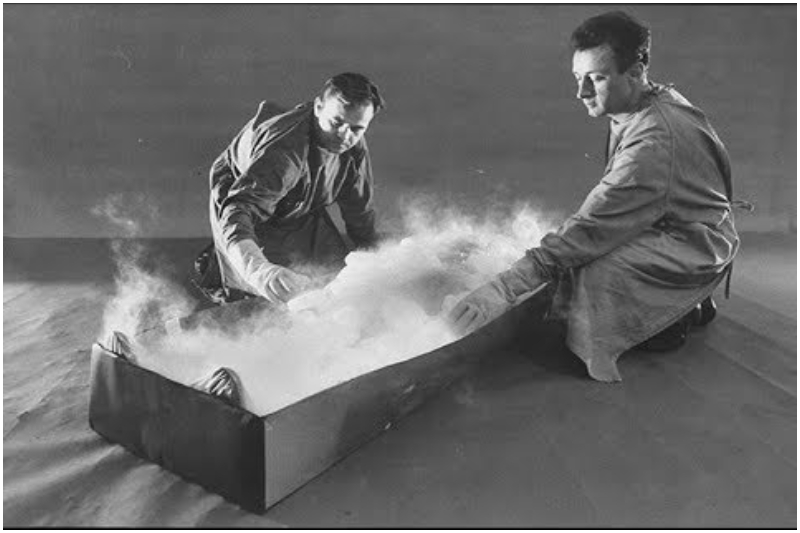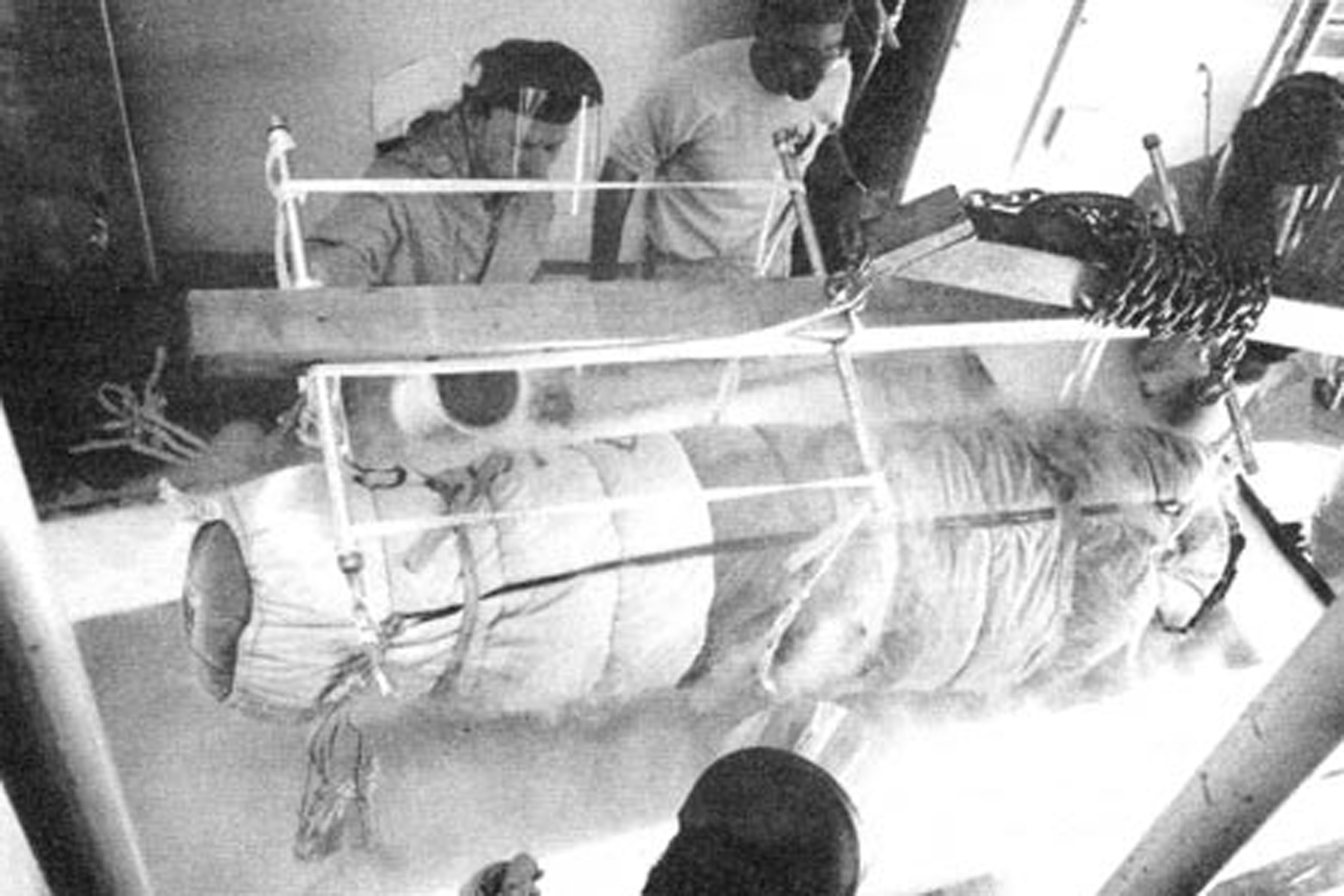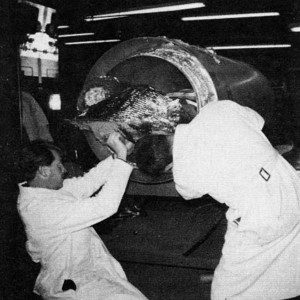- Sponsored -
Cryonics: Will to relive?

While there hasn’t been much speculation about the foreign concept of cryonics, there’s a ‘surreal’ amount of myths surrounding it. An extensive fantasy has devised quite a few times about a Utopian world in which resurrection from the dead would be a reality and definitely, technology seems to be taking its course in the direction of advancement instead of anchoring itself at a stagnant phase by finding the true purpose of life or the after-life.
- Sponsored -
The brain is a vital part of the human body but is also a key component of life. This notion comes from the phrase of being ‘brain dead’ which implies that just as the heart stops beating and causes death, the body goes into a vegetative state.
Cryonics goes further than the mainstream consensus that the brain does not have to be continuously active to survive or retain memory. Cryonics controversially asserts that a human person survives even within an inactive brain that has been badly damaged provided that original encoding of memory and personality can, in theory, be adequately inferred and reconstituted from structure that remains. Cryonicists argue that as long as brain structure remains intact, there is no fundamental barrier, given our current understanding of physical law, to recovering its information content. Cryonicists argue that true “death” should be defined as irreversible loss of brain information critical to personal identity, rather than inability to resuscitate using current technology.

Cryonics uses temperatures below −130°C, called cryopreservation, in an attempt to preserve enough brain information to permit future revival of the cryopreserved person. Cryopreservation may be accomplished by freezing, freezing with cryoprotectant to reduce ice damage, or by vitrification to avoid ice damage. Even using the best methods, cryopreservation of whole bodies or brains is very damaging and irreversible with current technology.
April 1966 saw the first case in history of a person – an unknown middle-aged woman from Los Angeles – frozen with some thought given to them possibly being reanimated in the future, though it was not a true cryopreservation as was done first with James Bedford; rather, she was placed in liquid nitrogen about two months after being embalmed. She was soon thawed out and buried by relatives.

The first person to be truly cryopreserved was James Bedford, in 1967. He still resides in one of the ‘dewars’ at Alcor Life Extensions Foundation since 1991 and has had his brain damaged due to vitrification and is neither entirely dead nor entirely alive, technically.

Cryonicists call the death of an individual as ‘de-animation’ while preserving the body and brain of individuals as suspended animation. Suspended animation does not guarantee revival of a human body, as of now.
[R]eanimation…is an abjectly false hope that is beyond the promise of technology and is certainly impossible with the frozen, dead tissue offered by the ‘cryonics’ industry,” McGill University neuroscientist Michael Hendricks wrote in MIT Technology Review.
Also Read: Freedom of expression: Boon or Bane?
Cryonics patients are no longer frozen, but “vitrified.” First, the body is placed in an ice-water bath. Then, ice-resistant chemicals are pumped into the body, taking the place of water in the blood. That way, in the next step, when the body or brain is cooled to well-below freezing using nitrogen gas, it hardens without forming cell-damaging ice.
As graphic as all of this might sound is it the worth dispensing the economic factor of spending money in the hope of being alive one day? Another way of putting it is the notion dwelled upon by cynics which questions the existence of oneself after their family is long gone.
Cryonics can’t detail when they might successfully ‘bring a man back to life’ but the belief they seem to have instilled gives hope to all those who have literally been frozen in time. Would you dare to invest in the bleak hope of living once again in the future?
- Sponsored -
